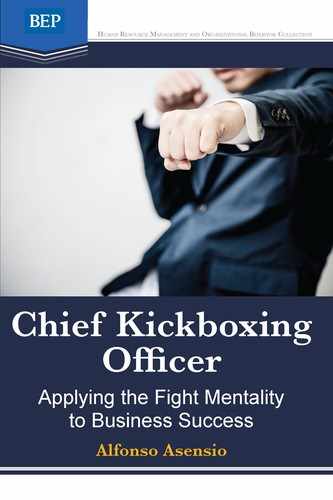Business and fighting are, I believe, two sides of the same coin.
In 2001, when I began my professional career, I worked in Tokyo in a sales and consulting role. It was a results-driven environment, a high-pressure cookpot of an office that saw a high turnover of people. During a visit to one of my company’s prospects, Mr. X, a formal, serious marketing director to whom I had been pitching our services for several months, remained peculiarly silent while looking at me carefully.
“I saw you on TV yesterday, Asensio-san. Fighting,” he said finally.
I had started training in martial arts at age 13. It was originally a hobby that became more serious as I grew, and I spent my high school years obsessed over judo and moved later into other styles: boxing, kickboxing, some poorly done kung fu. University found me fighting Saturday nights in cavernous sport halls and riding vans packed with other fighters to national tournaments with varying fortune. But fighting had never brought me any public recognition (aside from some small, forgotten article in the newspaper sport pages), so my surprise at Mr. X’s comment was genuine.
I was, at the time, neck-deep in my Japan tournament years. After my share of amateur bouts and a successful national title run back home, I had qualified for the All Japan K2 full contact series, a championship popular enough to secure a cable TV appearance in the Greater Tokyo area.
For the next 30 minutes Mr. X, who had always stayed away from any even remotely personal topic, became animated and engaging for the first time since I had met him and asked me all manner of questions about the fighting world. As he spoke, I realized he was making this assumption, one that implied that some of the attributes of the fighter—at the very least endurance, grit, and perseverance—had to be present in my working ethos as well.
I don’t remember if Mr. X’s company ended up becoming a client of mine or not, but as my professional career developed, the episode stuck in my mind, and I started to see that more and more crossover between my martial arts training and my job was happening. Often, I would try to apply ideas from one to the other to solve problems and improve results.
It worked for me. It still does.
But then again, fighting is not for everybody, nor should it be. In my understanding, fighting is not about violence, that moment of nerve-wrecking confrontation with an opponent. It is about self-discovery:
Who are you, when standing half naked with hands wrapped, under the brilliant lights of the ring, subject to the scrutiny of others?
Fighting can help you learn that, and for many, it does, but then again, so can painting, sailing, or music.
The objective of this book is not to convince people working in a corporate environment to sign up at the local gym and become white-collar boxers; neither is to recommend that they start practicing the particular martial art that has been associated here to their behavioral style. My hope is that the reading taken out of these pages is less literal but, perhaps, more relevant.
As Miyamoto Musashi put it, it is not about what you do but about how you do it: Do you have an attitude of sacrifice and perseverance? Do you apply a mindset of achievement to every task you are faced with? Do you labor to be better, to do better?
If you try, if you do, then for me, you are already a fighter.
A. Asensio. Tokyo, 2019
